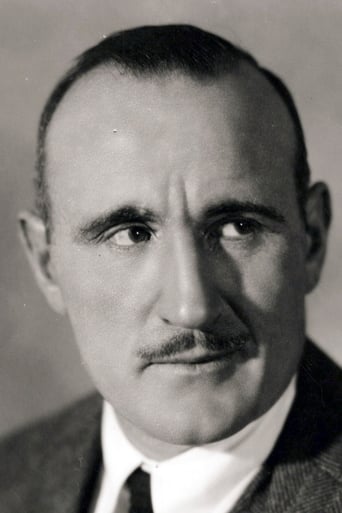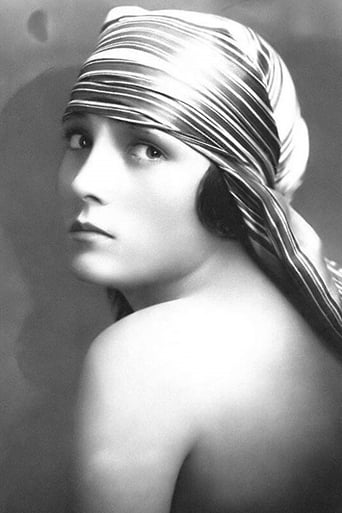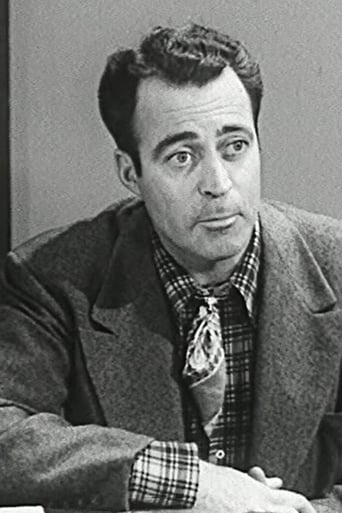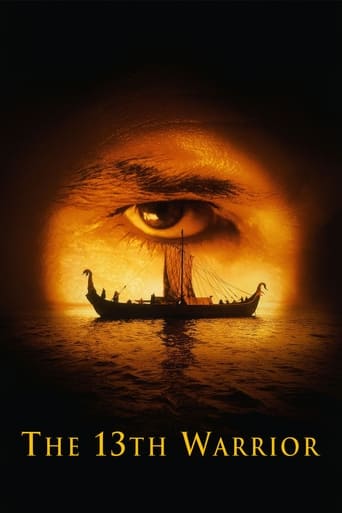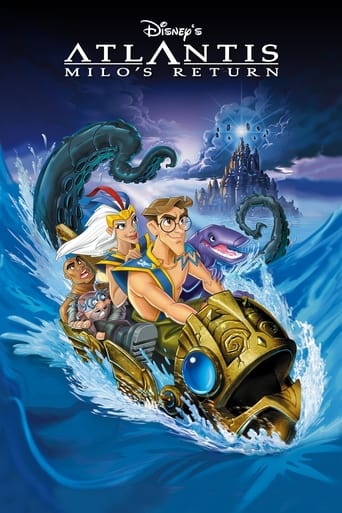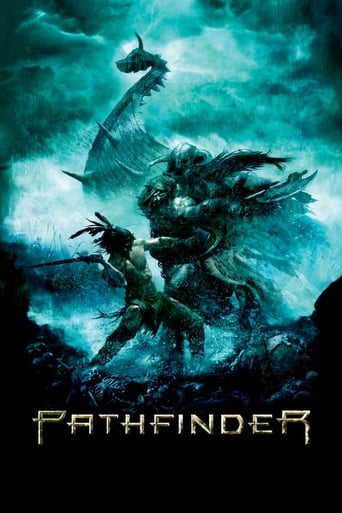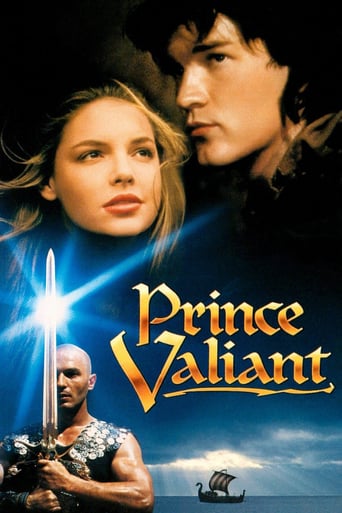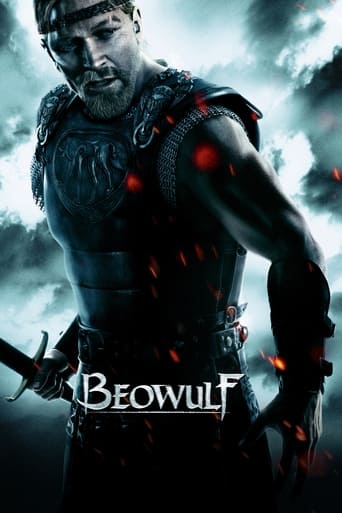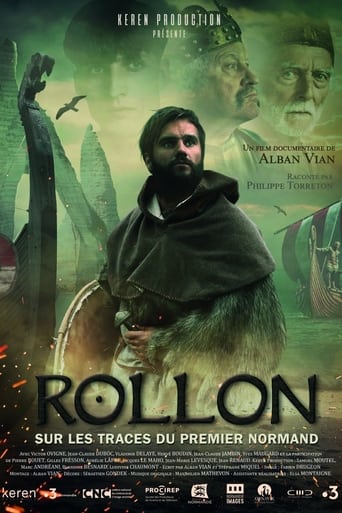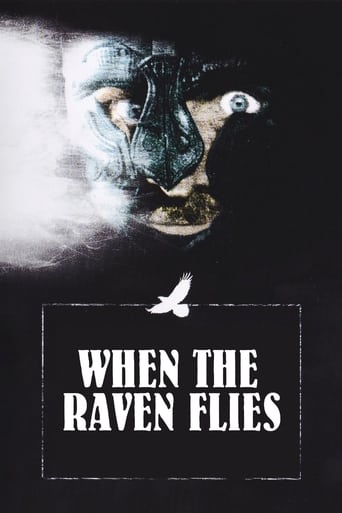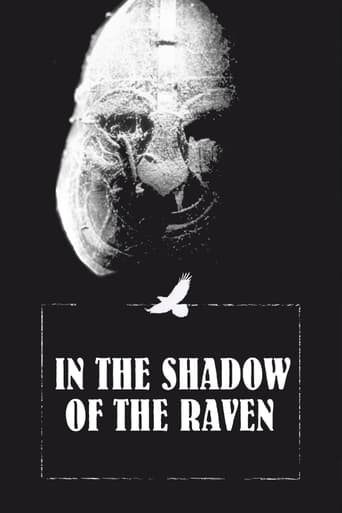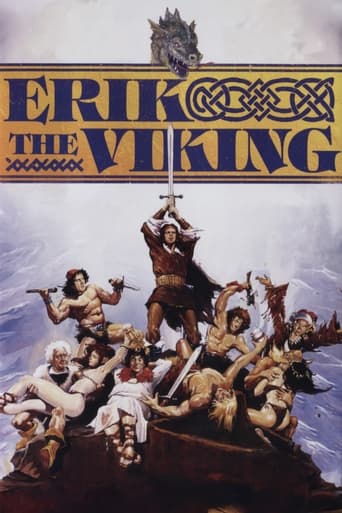

The Viking (1928)
In this historical adventure based on traditional legend concerning Leif Ericsson and the first Viking settlers to reach North America by sea, Norse half-brothers vie for a throne and for the same woman.
Watch Trailer
Cast


Similar titles
Reviews
I enjoyed this fun movie and for the most part it was historically correct until the ending. SPOILER: The Vikings did NOT build the stone tower in Rhode Island which was built in 1700s. Proof of the Viking settlement came in 1960 (over 30 years after movie, 1928). Archaeological diggings of Vikings were found at northern tip of Newfoundland, Canada, at a now famous site called "L'Anse aux Meadows". Viking voyage to Newfoundland was in year 1,000 AD approx. After several years fighting with Indians and almost freezing to death, the Vikings gave up their North America venture. I saw Viking tools a few years ago on display in museum in St.John's in Newfoundland. SPOILER - there is no evidence that Vikings wore horns on their heads (although Helga makes a fashion statement with her head-dress). As Hitchcock famously said over a mistake an actor made - "it's only a movie".
"A thousand years ago, long before any white man set foot on the American shore, Viking sea rovers sailed out of the north and down the waterways of the world." "These were men of might, who laughed in the teeth of the tempest, and leaped into battle with a song." "Plundering - ravaging - they raided the coast of Europe - until the whole world trembled at the very name "THE VIKINGS!" "Looking out upon the North Sea from the cliffs of England, stood the castle of young Lord Alwin, Earl of Northunbria." Here, good-looking young LeRoy Mason (as Alwin) and his subjects hope their Christian faith will protect them from Viking marauders - but the Lord has other plans for this group (and, you'll know what God has in mind when you see the placement of Christian crosses in North America). The looting and killing Vikings ravage Mr. Mason's English castle. Valuables are taken to Norway, where able-bodied men and women are sold into slavery. Mason is purchased, for three pieces of silver, by beautiful red-haired "sea rover" Pauline Starke (as Helga Nilsson). The comely Viking lass is obviously buying slave Mason with sexual pleasures in mind, and throws him some lusty looks. Mason proves to be too spirited and independent for Ms. Starke to control, and he is given to guardian Donald Crisp (as Leif Ericsson), the famed Viking leader. A courageous Christian-converted warrior, Mr. Crisp hopes to claim Starke as his bride. But, handsome Harry Lewis Woods (as Egil the Black) is also in love with Starke. This love quadrangle goes on Crisp's great seafaring adventure to discover, and claim, the "New World" for European conquerors - at the risk of falling off the edge of what they thought might be a very flat Earth. "The Viking" (it should have been titled "The Vikings") is briskly directed by R. William Neill, with moderate action throughout. Either he or Starke should be complimented (or condemned, if you will) for the movement of her character's legs, upon introduction; you don't see this often - and, it's IN COLOR! Specifically, "Technicolor" - which is this film's mail calling card. While not perfect, the color is strikingly well-preserved. As a bonus, it was made during the "silent film" era, and survives with its original synchronized sound effects score. This level of coloring was painstakingly produced, and was quite expensive. "The Viking" represents a peak in the art of color filmmaking.******** The Viking (11/2/28) Roy William Neill ~ LeRoy Mason, Pauline Starke, Donald Crisp, Harry Woods
THE VIKING is a film I happened to come upon on TCM the other night, immediately recognizing DONALD CRISP as Leif Ericsson. I was very impressed with the female lead, PAULINE STARKE as Helga, whose lovely face, high cheekbones and steady gaze withstood all those color closeups in fine style. She also happened to be well cast at the headstrong heroine who takes a wealthy nobleman for her slave.But what really amazed me is the quality of the Technicolor photography, at least ten years before Hollywood was making use of color photography in some of its major films.The TCM print featured some incidental sound effects and background music. At times, I forgot I was watching a silent film and the use of title cards was minimal.Well worth watching as a curiosity, but not for historical accuracy.
I attended a screening of THE VIKING last evening at the Silent Movie Theatre in Los Angeles, California. Yes, the 2-strip Technicolor is lovely, and I agree with one of the other reviewers here who stated that the muted colors serve to emphasize the film's setting in the distant past. However, if you're expecting any degree of historical authenticity, forget about it.Anyone who knows something about Viking history, including the figures of King Olaf of Norway, Leif Ericsson, and Eric the Red, will have to work hard to suspend disbelief. The story is preposterous, the costumes straight out of 19th-century productions of Wagner's RING cycle, and the synchronized soundtrack also depends heavily on Wagner's music for many of the film's themes. In this sense, the film is very much a product of 1928 and the way the Viking era was envisioned in the popular imagination and by film-makers of the time.The standout performer here is Pauline Starke as Helga, who with her flowing blonde hair, perfectly chiseled cheekbones and Nordic facial characteristics, is the living personification of Arthur Rackham's drawings of Brunnhilde and the other Valkyries. She of course is accompanied by Wagner's "Ride of the Valkyries" on the soundtrack every time she approaches a horse. Helga finds herself in a love quandary as the object of desire of not two but three men. Starke is a compelling performer, steely-eyed and fierce as nails, but also soft and ravishing.This is a film that I am hard-pressed to recommend, because I can't get past the absurdity of its story. Yet for those who can accept it on its own terms, it is indeed a lovely film, and even oddly fascinating in the sort of way that bad films can sometimes become cult classics.


